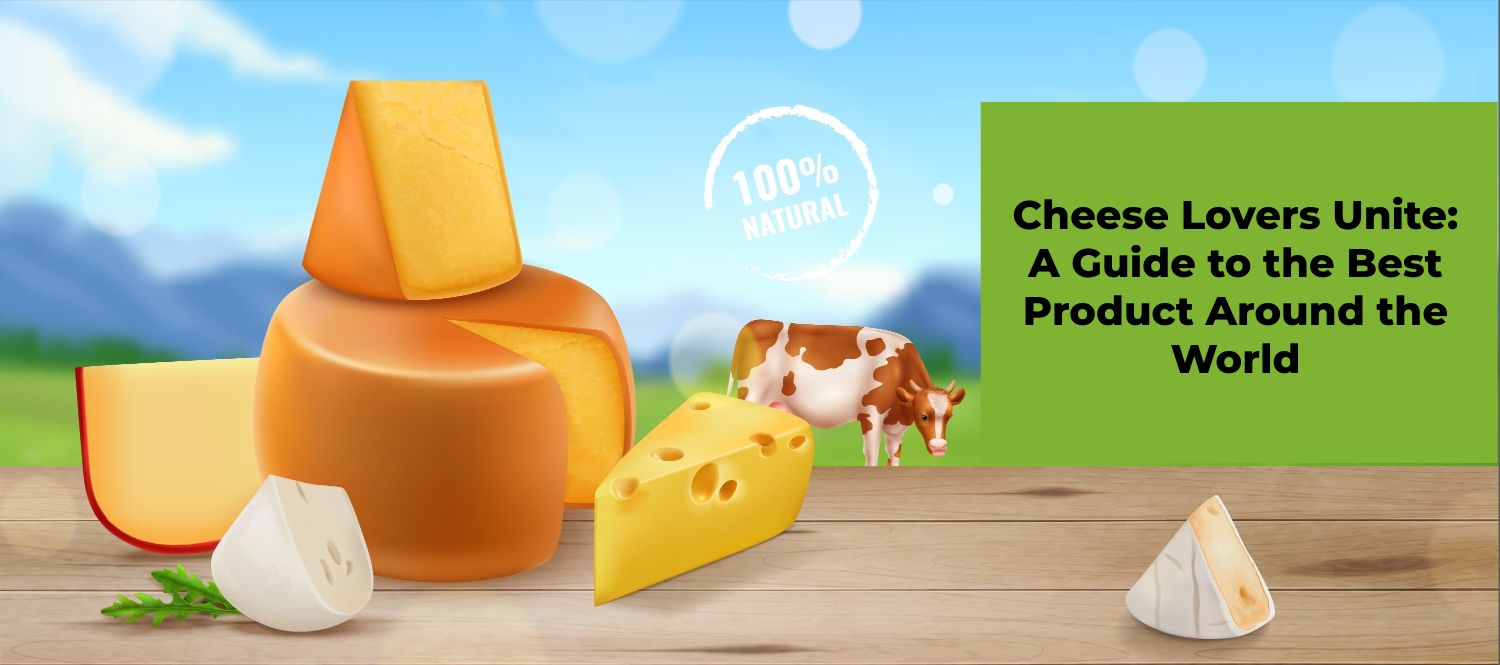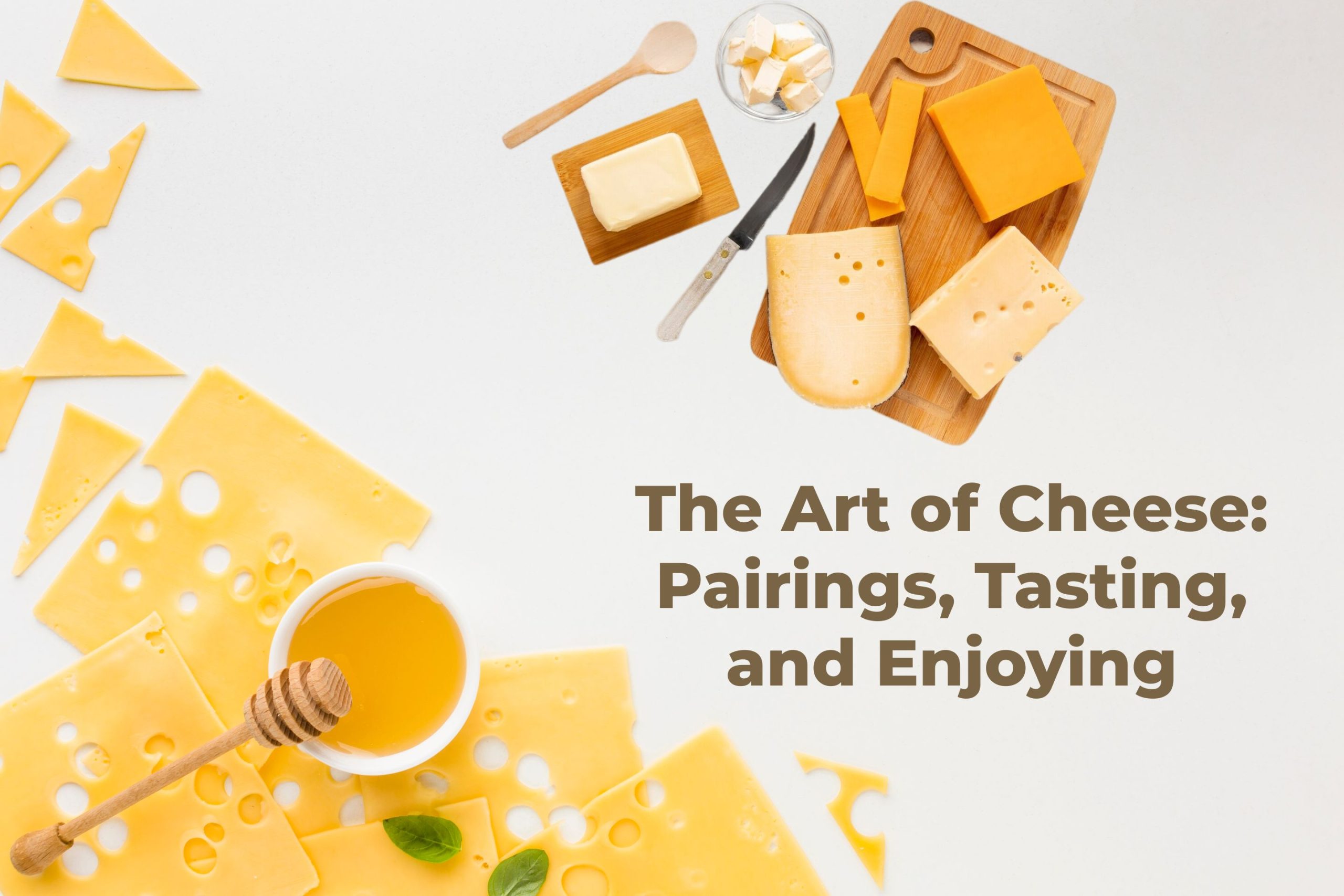Cheese is a multifaceted thing that can be used in many types of cooking and has been adored by mankind since the beginning of time. Across Europe, there are many different types because they represent some great cultures that have evolved over hundreds of years.
Amateur lover or a skilled currant connoisseur: no matter how well you know your cheeses, this guide is meant to give you an overview of different types producing them representative of particular countries by suggesting their most typical examples to taste and smell, taking us through various regions known for making one type over another.
France: The Art of Brie and Camembert
When we talk of trip”, for the curd nerd, travel means planning a visit to the best cheese counter in town for new wheels and occasionally grazing cows, basically, in a nutshell, cheese travel is all about cheese. Even though there is cheese in every corner of the world some places stand out for their rich cheese culture.
The creamiest French cheese, Camembert comes from Normandy. You can visit La Maison du Camembert, which is a cheese museum that is designed in the form of a Camembert wheel. At la ferme du Président, you will be able to taste many kinds of fresh cheese and learn everything about Camembert including its historical events and manufacturing process.
Italy: Parmigiano-Reggiano and Mozzarella Di Bufala
Cheeses from Emilia-Romagna, such as Italy’s Malvasia, go well with white wine, including nuts. Of all the cheeses produced, Parmesan is the most renowned. You may visit a cheese factory or explore cheese at the Museum of Parmigiano Reggiano, which houses artifacts from all five regions of production.
Switzerland: Emmental and Gruyere
The Gruyere region has been producing this type of cheese since about 1115, and even today, local factories adhere to traditional methods of cheese-making. When young, the taste is fruity, but with maturity, it develops nutty and earthy flavors of remarkable force. A visit to La Maison Du Gruyere will enable you to explore their interactive exhibition on cheese.
A famous cheese-making area in Switzerland, Gruyere can be recognized by its firm texture and fruity, slightly salty flavor. You can also find Emmental or Appenzeller there. The Swiss cheeses are made through traditional processes that enable them to be tasted independently or combined with delicious dishes.
Netherlands: Gouda and Edam
Gouda cheese, among the world’s most loved cheeses, is synonymous with the Netherlands. A semi-hard cheese that has a soft and creamy texture with a slightly sweet taste, Gouda has its name from the town where it was once traded. As Gouda ages, the texture becomes crisper and its flavors more potent; it has a sweet, buttery flavor reminiscent of caramel that pairs nicely with seasonal fruits or nuts.
Edam, another of the Dutch preferences, is semi-hard and has a characteristic red wax coating. This one is slightly salty and has a soft texture, so it sips well for eating alone.
Spain: Manchego and Cabrales
A wide range of cheeses is available in Spain that portrays stunning maps and historical food practices. Manchego, which is regarded as the most renowned cheese in Spain, is produced from the milk of Manchega sheep in the La Mancha region. This cheese has a solid and dense consistency and a smooth buttery feeling when kamikaze, it has a light and nutty scent like mild matured cow’s cheese and a rich flavor due to its long-lasting.
Cabrales, however, is an example of blue cheese produced in Asturias. It is made using cow milk, goat milk, and sheep milk, then aged in natural limestone caves to give it a high-in-flavor taste and crumbly structure. It is not intended for people who are easily offended but instead for those who find the courage to go against the odds.
United Kingdom: Cheddar and Stilton
Located off the coast of Somerset, beside the Bristol Channel, known for its fresh air and sandy beaches, and also its historic market towns. In this area lies Cheddar village, which is famous as the place where Cheddar cheese originated from. In the end, this assessment of efficiency will indicate viability and accuracy speeds for commutations concerning such structures. In simple terms, it refers to original information that remained unchanged but re-articulated within a context, like cheese firmness increases as time goes by when talking about cheddar cheese first made in Somerset’s Cheddar Village. In most households in Great Britain, it is still being utilized for making sandwiches and sauces.
The Closing Thoughts:
Whether you are fond of creamy French Brie, nutty Gruyere Switzerland, or spicy Cabrales Spain, there is always a type of cheese that suits your taste.
Your birthday wish list may be flooded with niche blades and fondue skillets, or your grocery funding could be dictated by hard-to-find pieces from your nearby seller. Cheese curds might make it on the menu for your main course, while a cheese platter may serve as an ending dish to round up the meal and satisfy one’s sweet tooth. Therefore, collect other enthusiasts of this dairy food item across different countries and make your tongue experience cheesy delights!


